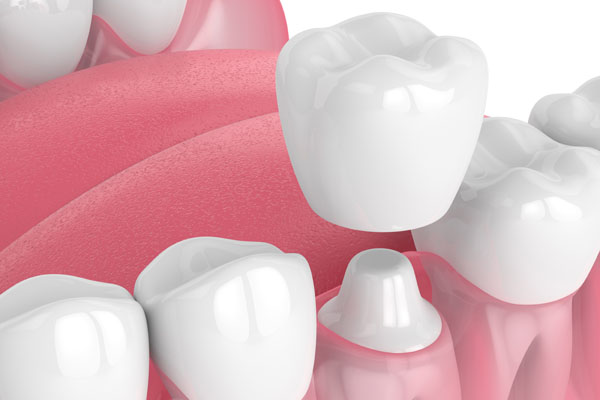Signs Your Broken Tooth May Need to Be Extracted

Have a broken tooth and wondering if it can be saved? There are many types of broken teeth, including chipped teeth, split teeth, and cracked teeth. If the damage is minimal or recent, then there is a good chance that the tooth can be saved. There are a few dental treatments available nowadays that are specifically used to keep a dental patient's damaged tooth, and we will explore those options in this article. If a tooth that has been damaged can be saved at all, it is always worth looking into how you can keep the tooth.
Signs a broken tooth may need to be extracted
The following are some of the signs that a dental patient will exhibit when they have a broken tooth is that needs to be extracted.
Sign #1 – there is too much tooth decay and trauma done to the tooth.
While a dentist can use a few different procedures to repair a broken tooth, if the tooth has too much decay or has received extreme trauma, it may be necessary for them to extract the tooth. Some of the more common dental procedures used for broken tooth repair include dental fillings, dental crowns, and dental bonding.
Sign #2 – the patient has been diagnosed with an infection.
When a dental infection starts to spread into the center of the tooth, it is going to affect the tooth’s pulp negatively. The pulp is the part of the tooth where the nerves and blood vessels exist, and if an infection is allowed to get into this area, a root canal is necessary. If the root canal does not work, to the tooth will need to be extracted.
Sign #3 – the patient has been diagnosed with periodontal disease.
Gum disease is one of the more common reasons for tooth loss and involves the gums pulling away from the teeth due to bacteria or infection. When the gums and the teeth begin to pull away from each other and is left untreated, the teeth will start to loosen even more overtime, eventually requiring a tooth extraction to be performed.
Call us now for an appointment
If you currently have a broken tooth, then you are going to need to be seen by a professional dentist for a complete evaluation. If there is a chance that your tooth can be saved, then you need to take it. Keeping your natural teeth for as long as you possibly is always recommended. Otherwise, you will eventually need to get either partial dentures or full dentures. If you find that you have a hectic schedule, call us, and we will make an appointment time for you that is convenient. Hope to hear from you soon!
Call (617) 826-6075 today to reach GK Dental PC.
Recent Posts
Dental restorations have been used for thousands of years. In fact, a 2012 article published by The New York Times details the discovery of a 6,500-year-old human jawbone. Considered the earliest evidence of dental fillings, it had beeswax in one tooth, which researchers believe was to ease the pain of a crack. These days, restorations…
Crowns are commonly used in dental restorations. A crown is a cap shaped like a tooth but hollow in the middle. It fits over a natural tooth that has to be prepared first. Depending on the issue it is correcting, a crown can be used by itself or as a component of another restoration technique.Teeth…
Restorative dentistry refers to any type of dental procedure that a dentist performs to restore a damaged or missing tooth. Dental restorations can encompass several procedures that vary in terms of invasiveness, complexity, and what they can accomplish. However, the overreaching goal of all restorative procedures is to improve the health, function, and appearance of…
For patients who have damaged or decaying teeth, dental restorations may be a necessity. Dentists use a variety of restorative procedures to protect and repair the structural integrity of an individual's teeth. Some of the most common restoration procedures may include dentures, crowns, and fillings.No individual should suffer from severe tooth pain or discomfort. Decaying…


